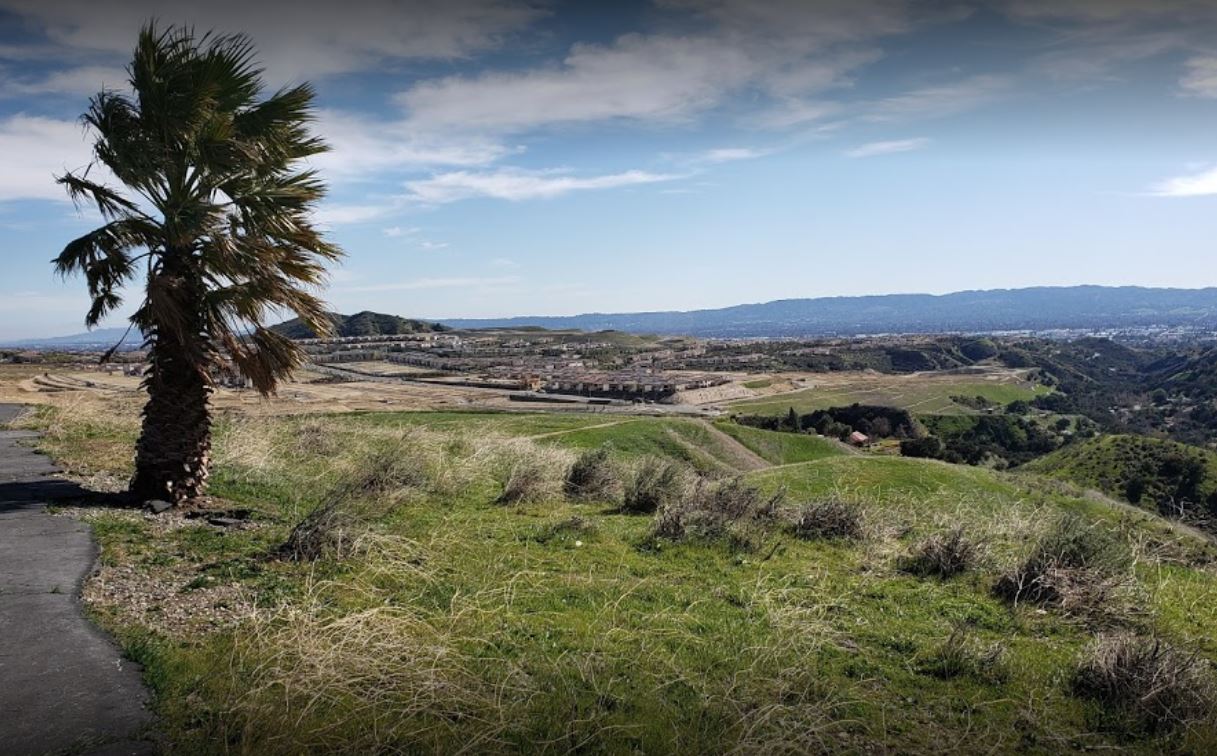Since 2007, the Mountains Recreation and Conservancy Authority (MRCA), a local public agency established in 1985 to manage, promote and protect open and wild land for public enjoyment, had its eye on 285 idyllic acres in the southern Santa Susana Mountains. MRCA works with the Santa Monica Mountains Conservancy (SMMC) and other local groups and agencies to ensure that development does not proceed out-of-balance with the ecological needs of wildlife and the recreational needs of the Los Angeles community.

Located at the confluence of Browns Creek and Mormon Creek, two miles north of the 118 Freeway and abutting Porter Ranch and Chatsworth, Hidden Creeks encompasses exquisite coast live oak, riparian, and California walnut woodlands, with gently sloping native and non-native grassland. Small as it is, it connects to over 11,000 contiguous acres of MRCA parkland, including 2,326-acre Michael D. Antonovich Regional Park at Joughin Ranch. The property provides a key migration corridor and perennial water source to a full complement of large mammals including black bear, mountain lion, mule deer, and bobcat, as well as American badger, gray fox, long-tailed weasel, ring-tailed cat, and the endangered California Condor.

The problem, as dear reader may have already suspected, was housing developers. They saw Hidden Creeks as an ideal space to continue infilling the North Valley, this time with a gated community of 188 luxury homes. Los Angeles’ development community brings a lot of firepower to negotiations, but so does the MRCA and its allies. So does a collapsed housing market. The project went dormant for a few years.
Fast forward to 2012, when recovering markets once again made Hidden Creeks a desirable target for development. At this point, San Fernando Valley Audubon (SFVAS) became aware of the renewed interest and joined MRCA in pushing back. One of our most watchful and energetic conservation activists, Mark Osokow, saw that, in his words, “The project would have destroyed more than 400 mature coast live oak trees and all associated habitat, impacted water quality in Mormon and Browns Creek, a tributary to the L. A. River, demanded potable water supplies that were not readily available during a period of drought, de-stabilized slopes, required the re-grading or outright removal of millions of tons of soil, contributed to increased fire hazard, introduced invasive species, impacted a rare black cottonwood woodland, and impacted a number of special status bird species – just to name a few of the more obvious impacts.” Not the sort of depredation Mark takes lying down.

Mark brought to the battle his deep understanding of Environmental Impact Reports (including an uncanny ability to sniff out bogus claims and biased predictions) and a long professional familiarity with issues of water supply and quality. While MRCA and its larger allies tangled directly with the Powers That Be downtown, Mark drafted a scathing critique of the developers’ environmental impact report and drew attention to the many deficiencies of the almost-nonexistent water plan for Hidden Creeks. He and other SFVAS members, including then-Chapter President Rosemary Leibowitz and Conservation Chair Dave Weeshoff, attended meetings, submitted informed comments and ultimately joined MRCA, Sierra Club and four other conservation groups in filing separate appeals with the LA City Planning Department. (SFVAS’s appeal clearly had an impact: the developers’ legal team tried to negotiate directly with Mark, but essentially had nothing to offer.)

Fast forward again to February 2020. After a long and complex process of push and pull, MRCA was permitted, over strenuous objections by developers, to buy 257 acres of the 285 total comprising Hidden Creeks. The heart was removed from the housing development (while the fate of the remaining 28 acres is still being decided).
This is a case of the conservation community saving something of real value, “while the people slept.” Most L.A. residents will never know the battle that was fought on their behalf. They won’t know to thank the MRCA, the SMMC, Mark, Dave or Rosemary. They will know that Hidden Creeks is a spectacular wild-land park in which to hike, bird, study and to share with their children a natural habitat unique to Southern California.


